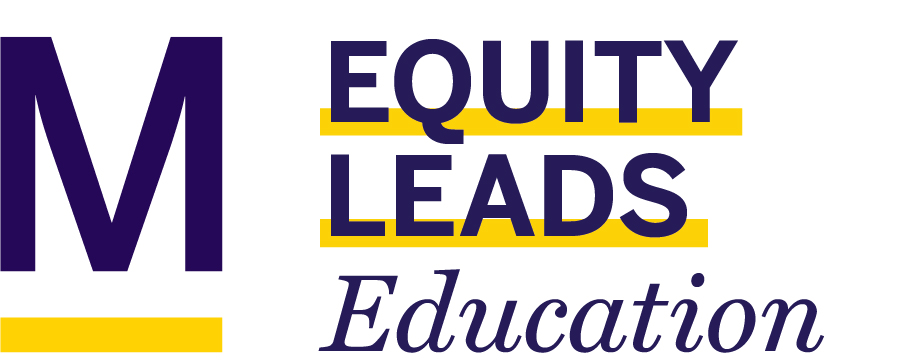Unit 10 Assignment#
Coding Project#
It’s time to get started on your coding project.
TODO this week:
Create a new folder for your project in your APCS work folder.
Add one or two
.javafiles with code to get a PApplet running on screen.Start a project management document (see below)
Project management document#
Your project management document can be a simple text file in your project folder, or a shared doc – whatever works for you. This document is for you to keep track of everything related to your project, so you can organize it however you like. A project management document is useful whether you are working on a project alone or with collaborators. I recommend that you include at least the following:
Task List: List your immediate next steps. Each task should be relatively small (no more than 1 hour of coding), such as “add title screen” or “fix glitch that makes player’s head fall off”.
Project Feature List: List all major features you want to include in your program, and prioritize them.
You can also include notes for things like user feedback, potential ideas for new features, implementation notes, design decisions, or whatever else is useful to you.
You should plan on updating this document whenever you work on your project. Every time you sit down to work:
Make sure your project builds and runs as you expect, before making changes.
Do the task at the top of your task list.
Make sure your project builds and runs properly, then check in the changes to your repository.
Re-prioritize your list: add any new tasks, and re-order so your most important tasks are at the top of the list. Periodically look to see where you are on your main Project Feature List.
Reading#
Review classes and objects:
Eck Sections 5.1-3 (Objects and Classes) http://math.hws.edu/javanotes/c5/index.html
Wikibooks Java https://en.wikibooks.org/wiki/Java_Programming/Defining_Classes
Code exercises#
Items#
a) Write a class Item, representing a single item you can buy at a store. You should include:
private member variables for the name (String) and price (float) of the item
a constructor that sets these member variables
public accessor functions for the member variables
b) Write a class ItemCalculator that calculates various things about a list of Item objects. Include these functions:
a function that takes an ArrayList of Item objects as input, and prints the names and prices of the items in the list (returns nothing)
a function that takes an ArrayList of Item objects as input, and returns
the average price of the itemsa function that takes an ArrayList of Item objects as input, and returns the name of the most expensive Item
c) Write unit tests for all ItemCalculator functions that return a value, to demonstrate that the functions are working correctly. These tests can be written in the ItemCalculator class, or in an external ItemCalculatorTest class.
Persons#
a) Write a class Person, including:
private member variables for the person’s name (String) and number of pets (int)
a constructor that sets these member variables
public accessor functions for the member variables
b) Write a class PersonStats that calculates various things about lists of Person objects. Include three functions:
a function that takes an ArrayList of Person objects, and calculates the average number of pets
a function that takes an ArrayList of Person objects, and returns the name of the person with the most pets
a function that takes an ArrayList of Person objects, and returns an ArrayList of Person objects representing those people who have at least 2 pets.
c) Write unit tests for all PersonStats functions that return a value, to demonstrate that the functions are working correctly. These tests can be written in PersonStats, or in an external PersonStatsTest class.
